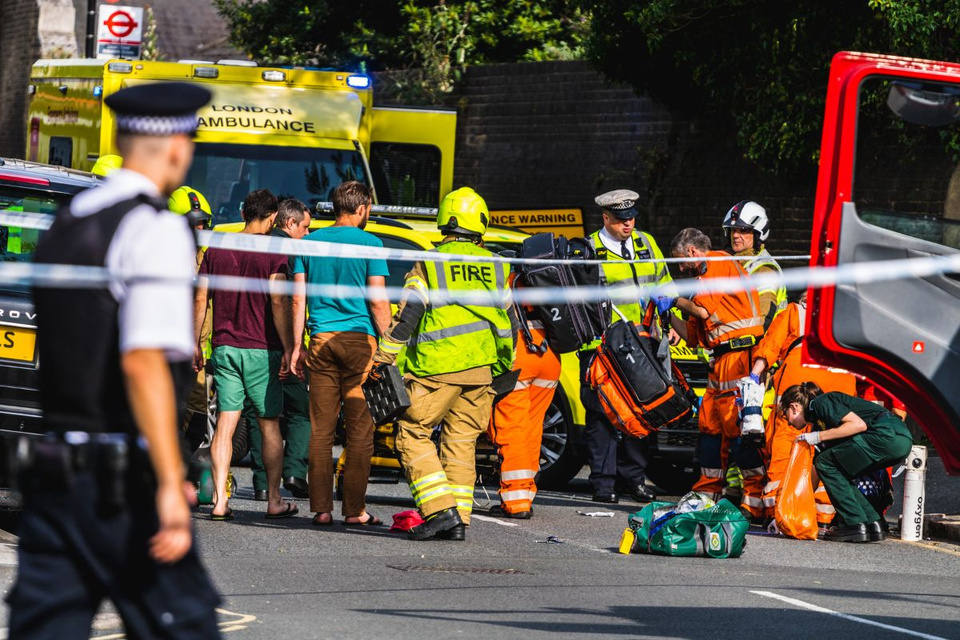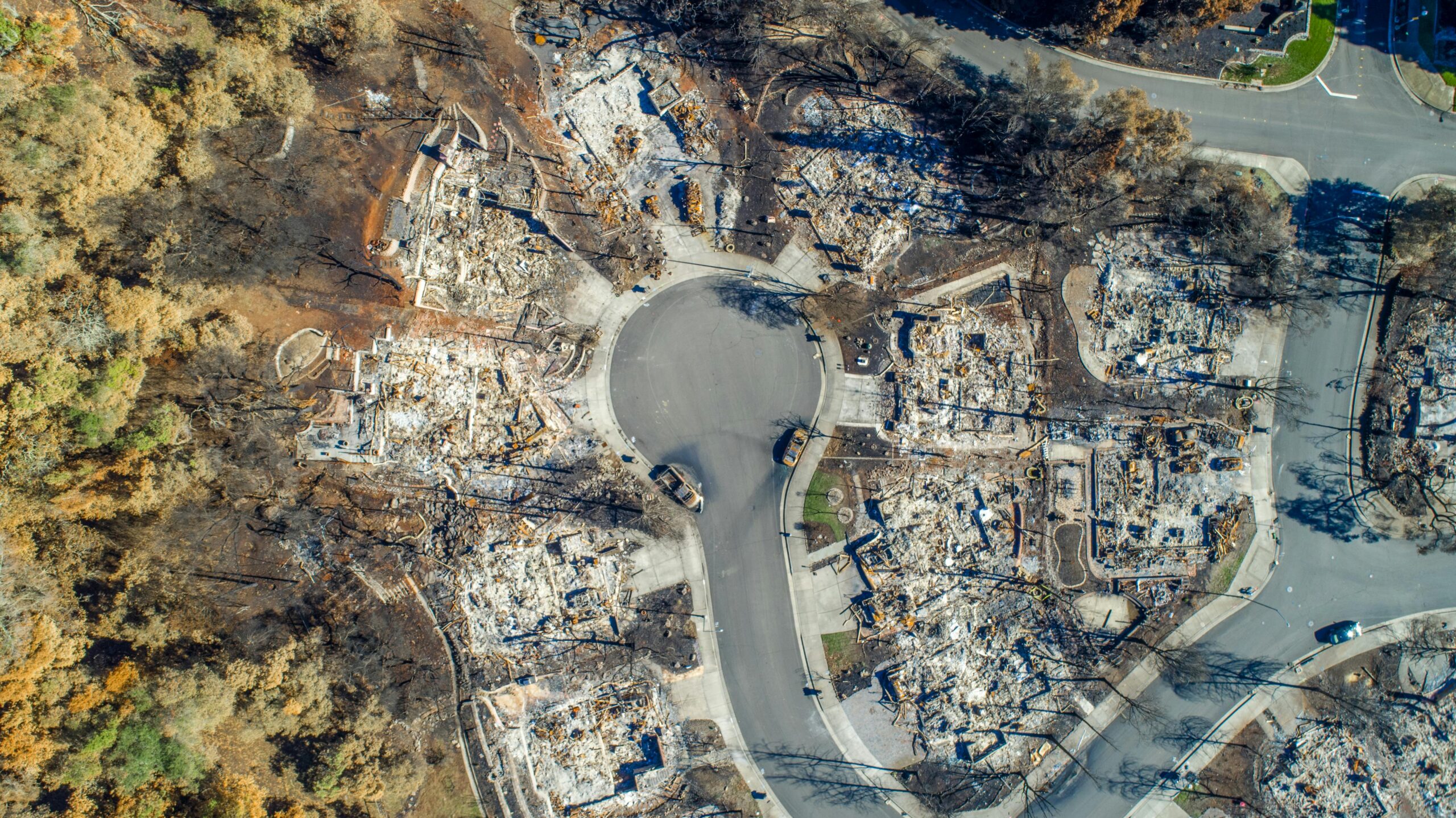Emergency preparedness and recovery planning create stronger communities that are more resilient to the impacts of disaster. However, to see the benefits of a disaster recovery plan, emergency managers need to take a holistic approach to their risk assessment, response, and recovery strategies.
Planning for emergencies establishes the foundation for effectively managing a variety of disaster recovery scenarios. In this article, we’ll go over the essential components of disaster recovery planning, including:
- Conducting a Hazard, Risk, and Vulnerability Analysis (HRVA)
- Using programs and frameworks to structure your disaster planning
- Increasing collaboration and communication between departments, organizations, and businesses
- Engaging with your community to assess preparedness and risk
- Developing relationships with organizations and agencies that can provide funding and aid
What are the Benefits of a Disaster Recovery Plan?
Having a disaster recovery plan establishes a foundation for community resilience in the wake of a disaster. One of the key benefits of a disaster recovery plan is that it can provide a holistic view of your community’s vulnerabilities, as well as its strengths. With this information, emergency managers are empowered to take action to fill gaps, improve the viability of the resources they already have, and seek out additional support before disaster strikes.

Assess Your Disaster Risk and Preparedness
Another of the major benefits of a disaster recovery plan is that the process of creating one reveals ways for you to mitigate and manage risks to reduce a disaster’s potential impact. A holistic approach to disaster planning begins with understanding the current level of risk and preparedness in your community.
Effective disaster recovery plans address the seven types of human security: economic, food, health, environmental, personal, community, and political. To determine what security looks like in your community, it’s important to initiate a Hazard, Risk, and Vulnerability Analysis (HRVA). Conducting an HRVA helps you anticipate disaster recovery scenarios so that you can incorporate the right solutions into your plan.
There are guidelines and frameworks available to help you perform a HRVA and assess the components of disaster recovery that are relevant to your community. However, taking a holistic approach means addressing the nuances of your community. Every community has a unique structure and, therefore, unique recovery needs. Rural communities, especially Indigenous communities, have very different recovery needs than urban areas.
Current legislation laid out in the Emergency Management Act or those developed by provincial and territorial governments may not be enough to support your community’s needs. Other frameworks and programs beyond those available from the government can help you tailor your assessment and planning to your community. It’s important to carefully research the frameworks and programs you’re interested in to ensure that you select one that fits your community. Two comprehensive emergency management frameworks we recommend are:
- CSA Group’s CSA Z1600: Emergency and continuity management program
- Emergency Management Accreditation Program

Uncover More Insights Through Community Engagement
Community engagement can provide essential information about vulnerabilities and needs. Speaking directly to members of the community helps you understand what recovery and resilience looks like to them, giving you the opportunity to address those needs in your emergency preparedness and response plan.
These conversations can also help emergency management teams prioritize what’s most important to the community. This allows teams to be more specific and strategic about the resources and funding they ask for from organizations.
Get support conducting effective community engagement →

Strengthen Connections Between Departments, Organizations, and Businesses
Taking a holistic approach to emergency preparedness planning requires cooperation and coordination throughout the community. Emergency management teams must liaise with other departments, organizations, and businesses within the community to delegate responsibility and secure resources pre- and post-disaster.
Often, the knowledge and resources within each organization is siloed. For example, your local electricity provider may have insights about vulnerabilities in the power grid while the wastewater management plant may have its own plan for what to do in the event of a flood. Likewise, separate departments within government agencies have data and information that could shed light on important gaps that must be addressed in the disaster recovery plan.
To realize the full benefits of a disaster recovery plan, emergency management teams need to consider all the components of disaster recovery across every organization that provides structure and support to the community.

In the planning process, emergency managers must identify the organizations that should be involved in disaster preparedness and response. They also need to establish effective communication channels, agree on responsibilities, and ensure that there is an equitable distribution of power. Diversifying the perspectives and sources of information can help emergency managers understand the whole picture of risk mitigation and disaster response and recovery, enabling them to create a stronger plan.
Get help developing collaborative disaster planning strategies →

Explore Avenues for Aid and Funding Outside Your Community
In addition to building relationships between organizations within your community, it’s also important to initiate agreements with organizations at the regional and federal level. This could include agencies like Indigenous Services Canada as well as non-profits and provincial governments responsible for providing disaster relief funding. Examples of provincial financial aid options include:
- British Columbia disaster financial assistance for communities
- Alberta disaster financial assistance and recovery support programs
- Saskatchewan provincial disaster assistance program
Engaging in relationships with non-profits such as the Team Rubicon, the Red Cross, or the Salvation Army can also help teams secure their community emergency preparedness fund. Establishing agreements with these organizations ahead of time enables them to gather insights about your community needs and communicate with your emergency management team as a disaster unfolds.
It’s also important to understand the requirements of disaster mitigation and relief grant programs and incorporate them into your disaster recovery plan. It’s likely that in an event of disaster, you will need to demonstrate your need for funding to the provider, especially if you are looking to build a disaster mitigation and adaptation fund for the future.
Taking a holistic approach to disaster recovery planning allows you to collect the information you need to present to potential funders. This enables you to secure funding faster and get the amount of funding you need to support your community.
Secure disaster recovery funding for your community →
Get a Head Start on Disaster Recovery Planning
Rebecca Innes Consulting (RIC) provides disaster and emergency management consulting. Our team specializes in risk mitigation and disaster preparedness, response, and recovery planning. We take a holistic approach to emergency planning so that communities have the funding and resources they need to address the challenges they face in the wake of disaster. Our team can support the entire planning process from conducting HRVAs to community engagement and inter-organization collaboration. Get started on your disaster recovery plan today.
Get Started Today – Book a Consultation

